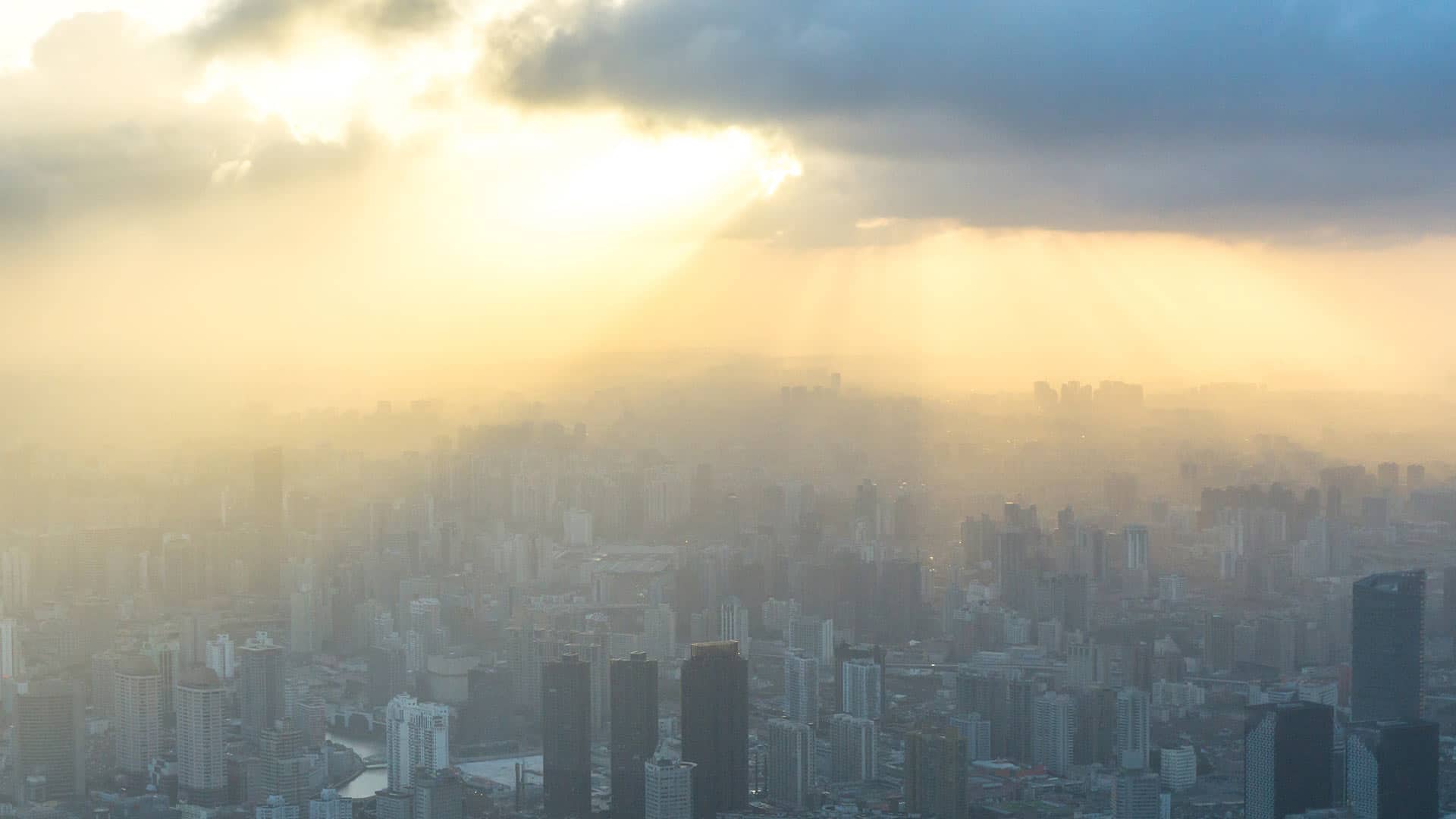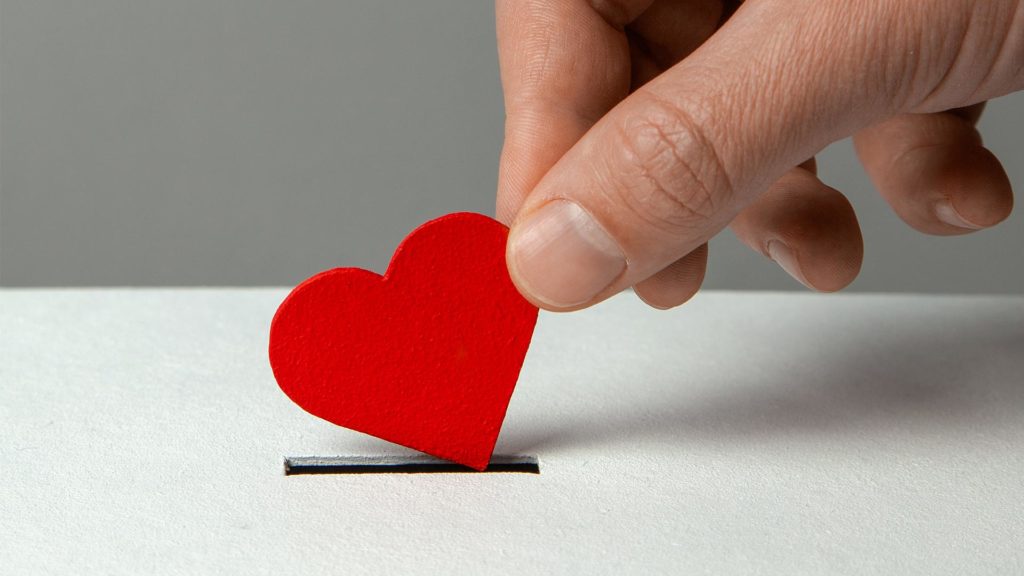Trying to do a year in review for 2020 is as stressful as coordinating virtual playdates while working from home. But let me try.
The COVID-19 pandemic created devastation that most of us have not seen in our lives. It’s disrupting every element of life, causing pivots to how we work, parent, play, travel, eat, date, gather, worship and mourn, to name a few.
While these pivots weren’t all bad, and some brought silver linings, like more time with immediate family, overwhelmingly the effects of the year highlighted the chasm in the lives of Americans. Those who had the least were affected the most. Those who had the most were able to bubble wrap themselves. In spite of it all, we laughed — thanks to TikTok — we cried — thanks to doom-scrolling — we baked so much the country ran out of flour and we streamed a lot of content, eight hours a day during the peak of lockdown.
Change happened. But not enough. The loss of heroes in 2020 brought us to our knees. But the emergence of new ones brought us back to our feet. This year is not a year we will want to relive, just look at the copy from this years’ top holiday cards, but despite last year’s cataclysmic challenges it has left us with some profound questions: who are we and who do we want to be?
If color reflects our mood, our friends at Pantone predict that after a year of turmoil, our culture will march optimistically into 2021, illuminated by the color yellow and ultimate grey. As comforting as it is to embrace this narrative, the reality is never that binary. We are living in a world where there are no such things as absolute facts – quantum physics even proved that this year. So while Pantone’s take is perfectly palatable, the color I see staring back as we look to 2021 looks more like a primed canvas signaling a space for us to create something new. And as we imagine what a brave new world could look like, here are some trends that will bring that picture into sharper focus.
Wintering is coming
Our culture is fixated on happiness. Striving for it, achieving it and fetishizing it via podcasts, books, meditations and even active apparel. But after the year we just absorbed, the idea of happiness as a constant state of mind feels out of step and out of reach. Psychology Today reported that 44% of mothers with children ages five to eight experienced depressive symptoms this year. Rebounding as a society will not be easy, and will require a focus on something other than “happiness.”
In her book “Wintering: The Power of Rest and Retreat in Difficult Times,” Katherine May introduced the importance of rest and retreat during challenging times, coining the term “wintering” to express this new state of existence. At its core, the book makes the case for sitting with our sadness and understanding our own pain as a way to create more empathy within and ultimately for the world. In 1918, after the Spanish flu caused upwards of 50 million deaths, there is evidence of a depressed state as the world processed the trauma of what it had witnessed. Now, with vaccines scheduled to roll out slowly, and with some skepticism, in the next months, winter will be a season for introspection and even stillness.
Another powerful mantra, “Nothing new for now,” was coined by Nora McIrney during her TED Talk this year, giving us permission to ditch the guilt of not using extra time in quarantine for productive ventures and instead opting to hunker down and give ourselves a break. And if you’re too time-stretched to give either of these a read, simply listen to Taylor Swift’s latest, and maybe greatest, album, “Evermore”, to get into a wintering mood.
Accountability culture
In 2020, cancel culture reverberated across every corner of the world. From A-list celebrities to cartoons, politicians, professors and culture icons, no one was immune. Kian Bakhatari astutely discusses the pros and cons of “cancel culture,” saying that at its best it is social justice powered by the people. At its worst, it silences healthy debate and leaves no room for cultural discourse. Interestingly in a year that also saw many COVID-related event cancelations, “cancel culture” also began to define the many moments that would live on in our collective consciousness even if they wouldn’t exist in the flesh.
As the meaning of canceling morphed, something more nuanced and maybe even more powerful emerged: the idea of accountability culture. Here, a giant misstep does not result in cultural deletion, but rather, “accountability” catalyzes something more critical: a moment to be weighed in front of the court of public opinion. We saw hints of accountability culture bubble up in the year’s most important new show, “I May Destroy You,” as the heroine Michaela Cole addresses her assaulter publicly at a panel for new authors. GoFundMe emerged as a platform that enabled people to hold each other accountable to support the virtues they profess. We are also watching accountability culture in real time, as The Wall Street Journal editorial section is being dissected for publishing an inflammatory piece about Dr. Jill Biden’s education and credentials. In 2021, expect to see the public keep track of the promises made in 2020 and hold people and entities accountable. Those who do not step up should be ready for their own public dissection.
Revenge living
Believe it or not, FOMO is older than the platforms that cause FOMO. FOMO, or fear of missing out, was actually coined in 2003 by author and entrepreneur Patrick McGinnis, defining our inclination to “over optimize” experiences that we weren’t part of. As the acronym spread in digital media, FOMO became synonymous with that longing to be part of the social experiences playing out across social media feeds. Can’t make brunch, Coachella or a college reunion? FOMO set it. But can society as a whole suffer from FOMO? We have all missed out on so much collectively, so what is the remedy for that feeling we get when we look back at Instagram memories from IRL experiences in years past, sending them to friends with captions like “remember life?”
In 2021, as it becomes safe to get together, expect to see all of this pent-up energy for social experiences create a sense of revenge living as consumers want to make good on the ‘robbed’ experiences of 2020. In early fall, Australian travel site Escape started talking about revenge travel, as a desire to see more of the world after sheltering and quarantining for so long. Next year, expect to see revenge living take center stage. So whether you had to attend your best friend’s wedding via Google Meet, missed a parents milestone birthday or just simply long for happy hour with your coworkers, social celebrations will come back with a vengeance in 2021 and brands will have a big opportunity to help consumers create heightened life experiences.
New narratives claim space on screen
2020 was marked with critical conversations about race and equity and what inclusion actually should look like in our culture. In 2021, one place where we will see progress is on the small screen. We won’t just see more diversity play out; there will be a more seismic shift with leading narratives that feature a plurality of diverse characters that we need. One early sign is evident in the lineup of LGBTQIA holiday rom coms, most notable “Happiest Season” and “Dashing in December” for their star power.
While some have criticized the new additions to the Hallmark genre for falling into certain tropes, the volume of stories shows there is space for multiple queer romantic narratives during the holidays. Diversity mandates from entertainment companies like CBS, demanding that 40% of writing rooms are BIPOC creatives, will spur more inspired stories as we look ahead. And we are already seeing some shows do the work to get it right and admit when they’ve fumbled. “Big Mouth,” for example, is making it past an earlier misstep on bisexuality and has added a trans identifying character to season four, gaining accolades from the LGBTQIA+ community for the nuanced and positive portrayal. These movies, shows and screenplays not only enrich our cultural catalog but they will also claim space in our discourse, showing there isn’t a finite amount of real estate for inclusive narratives.
Best normal over new normal
Now that we’ve lived a year in the upside down, we have an opportunity to decide, and shape, what a new right side up looks like. There are pivots from 2020 that we will be happy to see go by the wayside but others we’d like to see stick.
This year more working parents did not have to separate from little ones. Cats could join new business pitches. And big cities showed improved air quality due to reduced commutes. As we negotiate between what was and what could be, the exciting part is we don’t have to settle for what has been given to us. A return to normalcy? Forget it. Instead of settling for a “new normal” that looks a lot like the old normal, we can replace it with our best normal.
Yearning for small town life? Now that 42% of the workforce is working remotely, some towns will even pay you to move there to invigorate the population and economy. Have you decided that holidays are actually better without having to schlep to multiple ZIP codes? Expect to see better traditions emerge. 2020 was a year where we didn’t have to RSVP or make excuses for joining meetings via video conferencing. As we negotiate a new future, expect to see consumers live with wider margins and less apologies.
Pandemaissance
After the Dark Ages came the Renaissance, a time where culture was reborn with humanity at its center. The ideas that emerged permeated every corner of culture from science to technology, city planning, literature and of course, the arts. After the Spanish flu, came the Roaring 20s, marked by a stock market boom, the proliferation of radio, the birth of Jazz, liberating fashion for women and the Harlem Renaissance, changing the world through prolific music, art and literature. After we climb out of all of this chaos and emerge from our wintering period, we will experience the beginning of a cultural “pandemaissance” in 2021, a period of political, cultural and artistic rebirth as we process the new possibilities in front of us and innovate from the past we’d prefer to leave behind.
While we may not paint the Sistine Chapel or sculpt the Pieta, I’d still place bets that Brene Brown’s next book could make René DesCartes smile and David Byrne and Spike Lee’s next collaboration will help to move us all from darkness to light.
Adrianna G. Bevilaqua is chief creative officer at M Booth.




